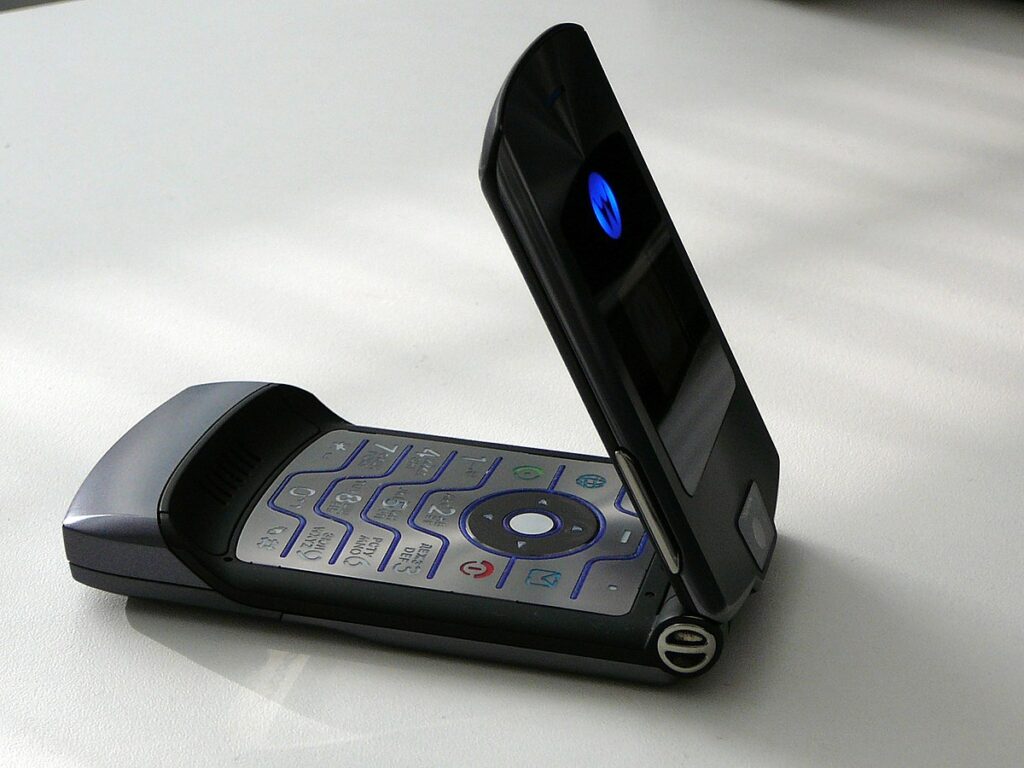Motorola, once a powerhouse in the telecommunications industry, experienced a remarkable journey marked by innovation, success, and ultimately, decline. Here’s a glimpse into the life and death of Motorola:
- Founding and Early Years: Motorola was founded in 1928 in Chicago, Illinois, by Paul V. Galvin and his brother Joseph. Initially, the company specialized in battery eliminators, devices that allowed battery-powered radios to run on household electricity.
- Radio Revolution: In the mid-20th century, Motorola played a pivotal role in the development of two-way radios and car radios, contributing to the rise of the automotive and public safety communication industries.
- Mobile Phone Pioneer: Motorola’s most significant contribution came with the invention of the first handheld mobile phone, the Motorola DynaTAC, in 1983. This groundbreaking device revolutionized telecommunications and paved the way for the mobile revolution.
- Razr Mania: In the early 2000s, Motorola enjoyed immense success with the release of the Motorola Razr, a sleek and stylish flip phone that became a cultural icon. The Razr became one of the best-selling mobile phones of all time, propelling Motorola to new heights of popularity and profitability.
- Market Leadership: At its peak, Motorola was one of the world’s leading mobile phone manufacturers, competing fiercely with industry giants like Nokia and Samsung for market dominance.
- Strategic Missteps: Despite its early success, Motorola began to falter due to a series of strategic missteps, including a failure to adapt to the shift towards smartphones and touchscreen technology.
- Lagging Innovation: Motorola’s reluctance to embrace touchscreen smartphones and its reliance on outdated operating systems like the Motorola RAZR and MotoBLUR contributed to its decline in the highly competitive smartphone market.
- Google Acquisition: In 2011, Google acquired Motorola Mobility, the consumer-oriented division of Motorola, for $12.5 billion, primarily to gain access to Motorola’s extensive patent portfolio in the smartphone industry.
- Lenovo Takeover: In 2014, Google sold Motorola Mobility to Lenovo for $2.91 billion, marking the end of Google’s brief foray into the hardware business. Lenovo aimed to revive the Motorola brand and leverage its expertise in the smartphone market.
- Legacy and Influence: Despite its demise as a standalone company, Motorola’s legacy lives on through its contributions to telecommunications technology and its impact on the evolution of mobile devices.
- Brand Revival: Under Lenovo’s ownership, Motorola continues to produce smartphones under the Moto brand, focusing on affordable yet feature-rich devices aimed at budget-conscious consumers.
- Competition and Challenges: Motorola faces stiff competition from established players like Apple and Samsung, as well as emerging Chinese smartphone manufacturers, in a crowded and rapidly evolving market.
- Innovative Ventures: Motorola has diversified its product offerings beyond smartphones, exploring emerging technologies such as modular smartphones (Moto Mods) and foldable display technology (Motorola Razr 2019).
- Struggles and Resilience: Despite ongoing challenges, Motorola remains resilient, drawing on its rich heritage of innovation and engineering prowess to navigate the ever-changing landscape of the tech industry.
- Uncertain Future: As Motorola continues to adapt to shifting consumer preferences and technological advancements, its future remains uncertain. However, its legacy as a pioneer in telecommunications ensures that the spirit of innovation and entrepreneurship will endure.
The story of Motorola is a testament to the rise and fall of a once-dominant player in the tech industry, highlighting the importance of innovation, adaptability, and strategic foresight in an increasingly competitive market landscape.





